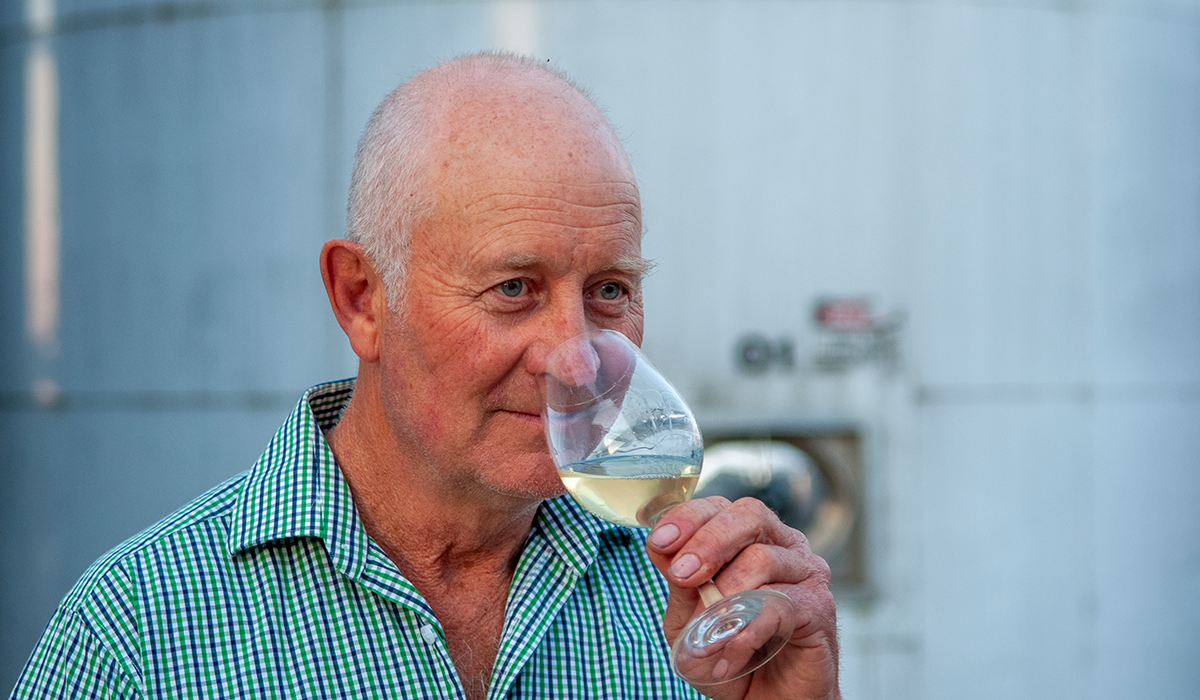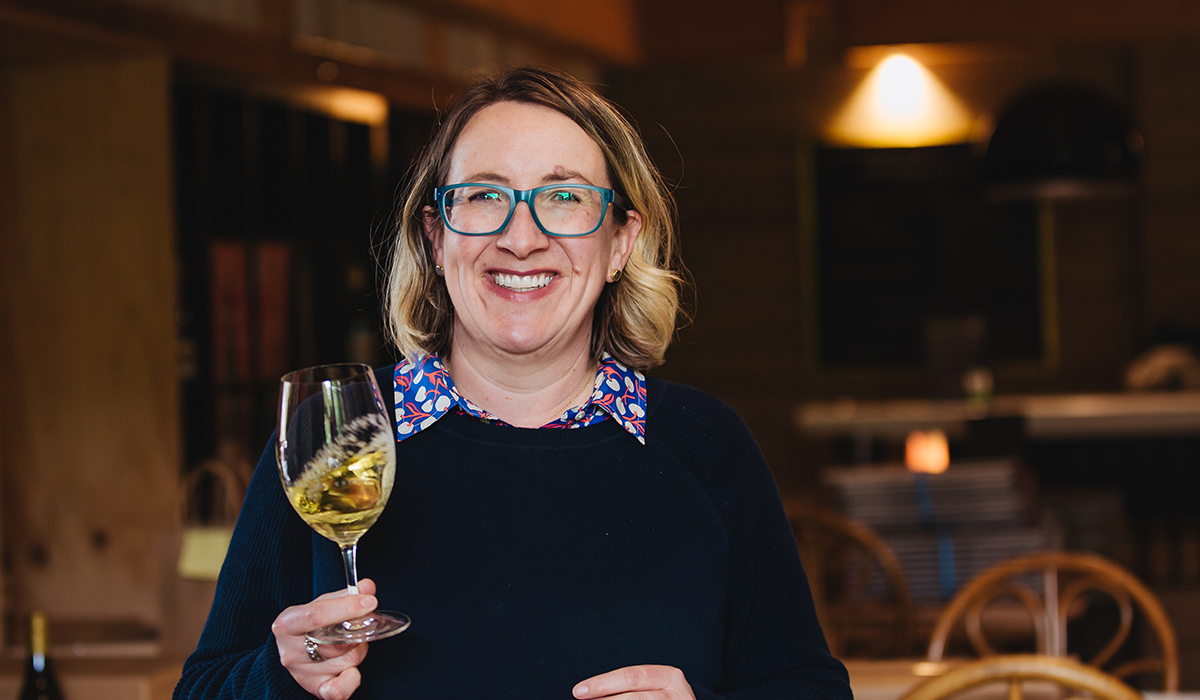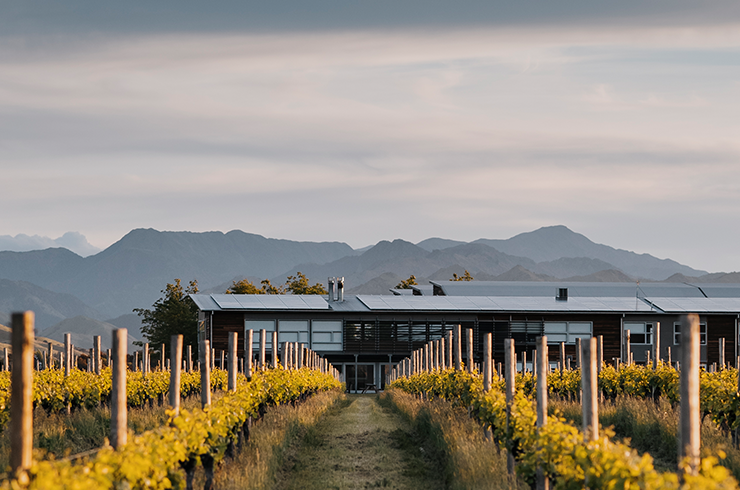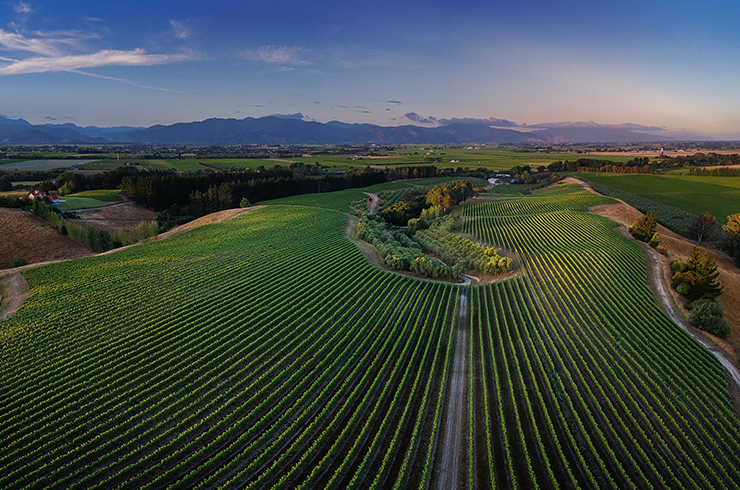Chardonnay is my desert-island wine. Selecting a single producer would be impossible, but if a mixed pallet of any one single grape variety was to wash up on the shore, I’d frolic towards the wreckage with only chardonnay on my mind. It’s cheating, really, because chardonnay offers endless versatility – light, crunchy-acid styles to pair with freshly shelled oysters (naturally my island has an oyster reef); creamy mouthfeel, elegant oak and citrus-driven beauties to match with fresh-caught fish; and rich stone fruit and spicy oak seductions for the nights when a wild turkey strays into a trap.
Not only is there a style to suit most foods, but chardonnay can also be grown almost anywhere – perhaps not on a desert island, but if the wreckage also included cuttings, it would be worth a try.
Chardonnay adapts to a range of climates, speaks precisely of the soil and vintage conditions, and lends itself to being played with in the winery. But is its diversity also its weakness, making it a turbulent ocean of styles to navigate?

Chardonnay in Australia
Chardonnay entered the minds and hearts of Australians in the 1970s. Plantings soared in the ’80s and ’90s at a time when Australian wine was lauded for being ‘sunshine in a bottle’. Winemakers responded with rich, buttery and oaky styles, so drenched in ripe tropical fruit flavours and soaring alcohol they were almost sweet. In their wake, the ABC movement was born – “Anything But Chardonnay”.At the same time, New Zealand’s Marlborough sauvignon blanc was delighting drinkers with its flirtatious fruit, herbaceous spice and zesty acidity. In response, crisp, fresh, unoaked styles of chardonnay filled the shelves as wineries scrambled to find ways to sell the grape they loved. In the late noughties and early 2010s, winemakers took the variety to the extreme opposite – lean, austere, with aromas of flint and struck match, which created further division and confusion among wine drinkers.
From Margaret River in Western Australia, Cath Oates of Oates End watched this swing with interest. “There was a distinctive move driven by wine shows to more citrus, savoury, leaner, early harvest styles, especially in the Yarra Valley,” she says. “These winemaker-led styles were emulating Burgundy, but some people and trade were missing the old-school, buttery styles."
The Gin Gin clone of chardonnay, so distinctively Margaret River, and the region’s warmer maritime climate just weren’t suited to that über-lean style. “I love making chardonnay, you just get to play around with it so much,” Cath says. “The art of chardonnay is finding that balance between the vineyard and your winemaking influence, and it changes every year.”

Malolactic fermentation, aka MLF
Malolactic fermentation, known as MLF or malo, is at the centre of the chardonnay controversy. It is a natural process where harsh, tart, malic acid – the tooth-tingling tang of biting into a green apple – is converted by bacteria into smoother, creamier lactic acid, adding texture and body to the wine. During this process, a buttery aroma is also released.But not all malolactic fermentation is the same; decisions made about the yeast strain, temperature, timing, and ripeness of the fruit can yield vastly different results. David LeMire MW, co-CEO of Shaw + Smith in the Adelaide Hills, says this process is making a return. “As people have focused on fruit that is picked a little earlier and has great natural acidity, it has allowed us to embrace malo again, with it providing texture and complexity, and not just simple buttery notes."
Styles of chardonnay
Saskia Fransz has been hand-selling wine from inner-Melbourne’s Clifton Hill for 16 years. Now the owner-operator of Village Vineyard Fine Booze, she has more people asking for ‘big’ chardonnay than ever before. “Wines with more texture are very much in. And of the more traditional styles and varieties, chardonnay offers more texture and weight than many,” she says.About 10 years ago, Gavin Berry of West Cape Howe in Western Australia’s Great Southern recognised a desire among wine lovers for old-school chardonnay. He already had two distinct styles in his range and thought it was worth releasing a third. “We came up with a style that is relatively low in acid, has mouthfeel and weight, and hints of butteriness without it being butterscotch,” he says, adding that it’s still about drinkability. With ‘Old School’ in the wine’s name, people know what to expect, and sales continue to grow.

Malo and oak are not synonymous. Clare Halloran from TarraWarra in the Yarra Valley avoids malolactic fermentation in her chardonnay range to retain acidity. Attention to detail in the vineyard allows Clare to make chardonnay with minimal intervention that ages well. Oak is important to the style and all wines spend some time in new French oak barrels, a mixture of 225L and 500L, where they rest without battonage, or lees stirring. “Our style is really determined by our site,” she says, noting the importance of subtle oak integration to preserve the fruit purity.
Lucy Kendall and Alysha Moscatt recently started their own label Allevare Wines in Victoria’s West Gippsland. As an early-career winemaker, Lucy spent the past 12 years building experience locally and abroad. “I’ve seen chardonnay crafted and grown by some incredible winemakers and growers across France and Australia and there is definitely a key thread, which is that all of them are learning how to apply their winemaking skills to their site,” Lucy says.
Fresh from leading the judging at the 2021 Melbourne Royal Wine Awards, Matt Harrop – winemaker at Curly Flat and Silent Way in Victoria’s Macedon Ranges – believes Australian chardonnay is in a great place. “There is no other white variety performing so strongly across so many viticultural regions,” he says. At the show’s judging, gold medals were awarded to a diversity of styles across seven regions. “The theme through all of these is fruit concentration – we are rewarding wines more and more that are grown, then made,” Matt adds.

A new era for Australian chardonnay
Kate McIntyre MW of Moorooduc Estate on Victoria’s Mornington Peninsula thinks Australia is settling into a new era of chardonnay. She believes mature vineyards, cooler sites and winemakers understanding when to pick and how to handle fruit in the winery is contributing to optimum quality and balance. Moorooduc Estate has been championing single-site chardonnays since 2008. “The single-vineyard wines are perhaps a little geeky, but we are fascinated by the character the sites show in the wines,” Kate says. She sees it as a chance to show that Australian wines can express where they are grown in the same way as their international counterparts.Single-vineyard wines are starting to achieve more recognition. Adam Wadewitz makes award-winning single-vineyard chardonnay in the Adelaide Hills from the Shaw + Smith Lenswood Vineyard, and in Tasmania from the Tolpuddle Vineyard. He believes both the vineyard and winemaking approach is integral to quality. “There is no substitute in understanding the place and attributes of the fruit that is grown there,” he says. So how does he approach the winemaking from such vastly different vineyards? “You work out what makes them tick and set about trying to treat the fruit accordingly."
The consensus is that the key to beautiful chardonnay is balance – both in the vineyard and the winery. Kate Laurie makes still and sparkling chardonnays in the Adelaide Hills at Deviation Road. “The drink in the glass needs a seamlessness – perfect integration of body and texture, beautiful balanced acidity and complex aromas melding with fruit,” she says. “Chardonnay has so much to give, and it is up to me to work with what I have each year and not overdo it."

Exploration of cooler climates and special sites is leading to an ever-growing array of quality Australian chardonnays. Beyond the classic regions of Margaret River, Hunter Valley, Yarra Valley, Mornington Peninsula and Adelaide Hills, Tasmania is making waves, as are a number of lesser-known Victorian regions such as Beechworth, Geelong, Macedon Ranges, and Gippsland, to name a few.
So, perhaps the overarching trend in chardonnay right now is choice. But what is the best way to navigate the expanding range of options? Cath Oates says it’s about finding the style you like and following the region. “Distinctive styles have emerged in Australia and it’s exciting just how mature chardonnay winemaking is now,” she says.
Matt Harrop agrees. “The best wines from the most suitable regions show remarkable similarities.” Meanwhile, Gavin Berry believes there’s value in tastings at cellar doors. “You line up three chardonnays, all with a particular point of difference, and everyone will find one of the three they love."
Saskia Fransz’s advice is to determine which style camp you fall into. “Figure out whether the chardonnays you like fall roughly into the ‘rich’ or ‘crisp’ category and question your wine merchant accordingly.”
Ultimately, an exploration of chardonnay is worth it. As Lucy Kendall says: “It is such a fantastic food wine and it can cater to everyone under the sun.”
This article appears in issue #63 of Halliday magazine. Become a member to receive the print publication as well as digital access.



